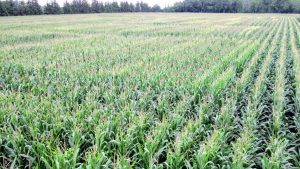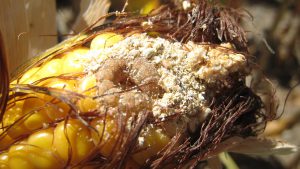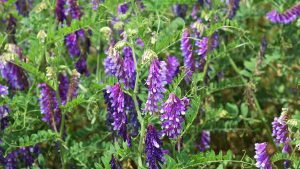Cropside: Spring management
AGRONOMIC INFORMATION FROM ONTARIO'S CROP SPECIALISTS

IT MAY BE hard to believe but spring is just around the corner and that means we need to start thinking about our early spring management in winter cereals! But before we jump into spring, let’s think back to last fall — many experienced great weather in September and October which provided an opportunity to get winter cereals seeded within their optimum planting window and into ideal conditions. However, some did have to push seeding into late October due to persistent wet conditions through mid-October. Thankfully a window of great weather at the end of October provided a chance to seed any remaining acres into good soil conditions.
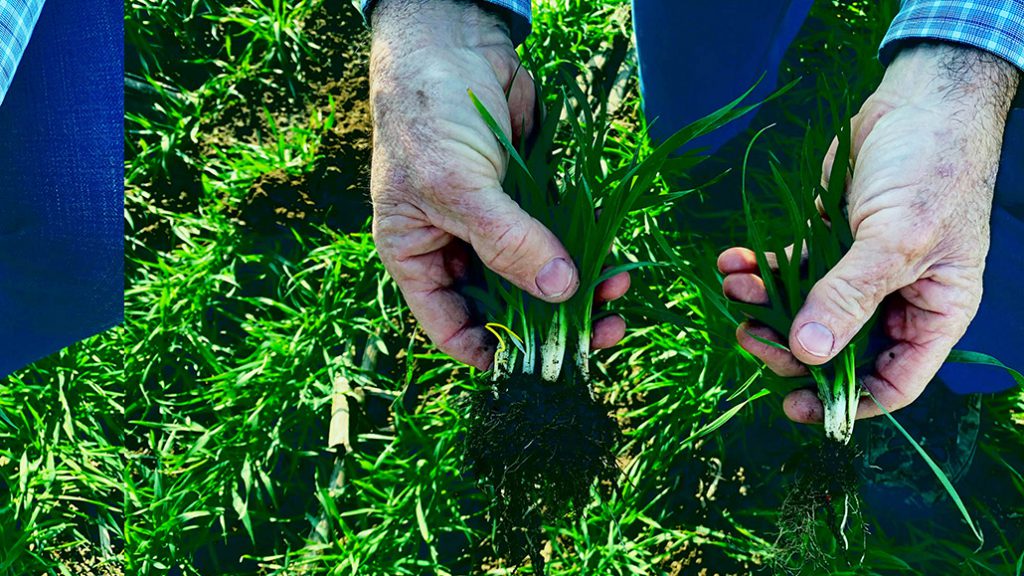
Fields that were planted in mid to late September had accumulated enough growing degree days (GDDs) so that they were well tillered with good root systems going into winter (Figure 1 and 2). Fields that were planted in mid to late October accumulated enough GDDs to emerge but for the most part had not yet tillered before winter. This is important to note because this will influence your spring management decisions.
For example, when it comes to nitrogen management those fields that were seeded late may need to be targeted for those early nitrogen applications at green up first to help promote tillering. Once the weather begins to warm up and growth resumes, be sure to get out and make those stand assessments so that you can make the best decisions for each of your fields.
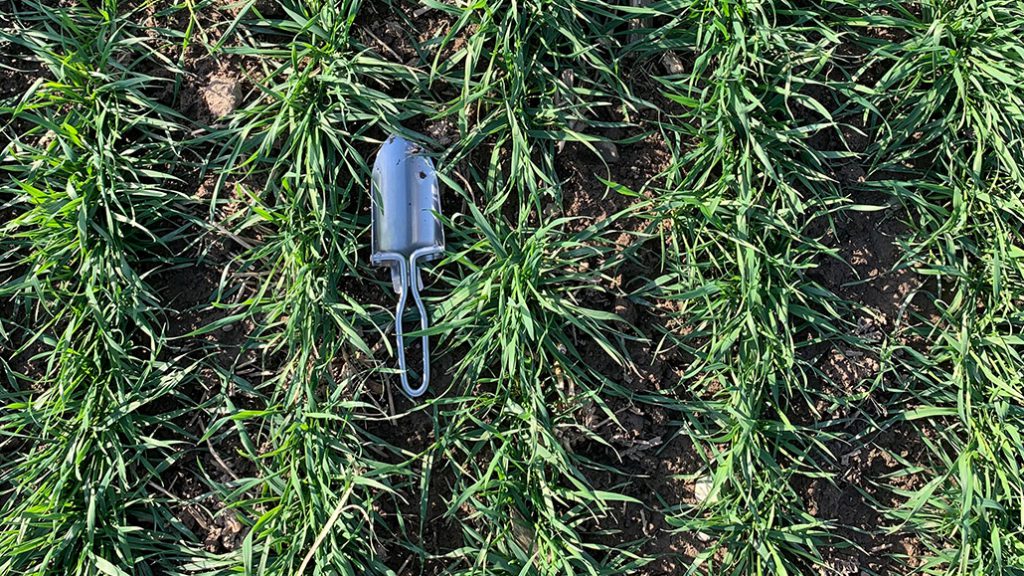
Stand assessments should occur after about a week or two of warm weather. This usually occurs in late April to early May after growth resumes. Fields that should be prioritized include those that were planted shallow, had frost heave problems, planted with a variety that has poor winter hardiness, were planted late, or had ponding and ice throughout the winter. When evaluating wheat stands you need to count the number of plants per foot of row and assess the health of the plants themselves to determine whether plants are actually going to survive or not. It is also important to avoid focusing solely on bad spots in the field. Conduct a number of stand counts and plant health assessments throughout the entire field to get a broader perspective of what is happening. •






















